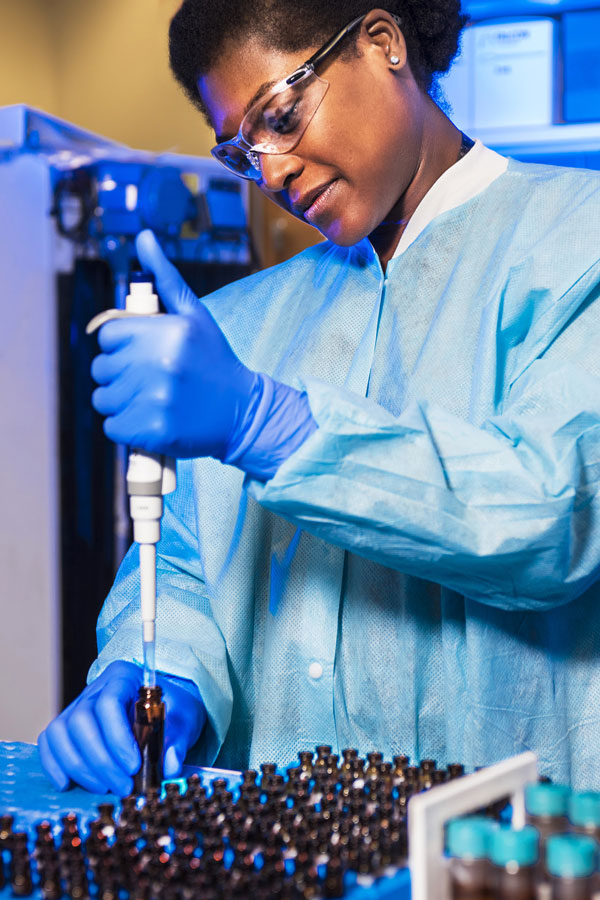With challenges such as the coronavirus pandemic, combined with antibiotic resistance already impacting negatively on the global health and the economy, society increasingly looks to engineers and scientists for solutions.
Materials with antibacterial and antiviral properties are one weapon in the armoury available to fight COVID-19 and other sources of disease. Surfaces are a major transmission vector, but very few everyday materials have innate antimicrobial properties.
However, surface coatings applied to the materials used in high transmission risk contexts, such as in healthcare facilities and also lifts, doors, plumbing and furniture, offer designers, engineers and materials scientists need options.
What surface coatings have antimicrobial properties?
There are several approaches to preventing viral, bacterial and fungal growth on surfaces. These include:
- Surfaces embedded with substances that kill harmful bacteria, fungi, algae and viruses, such as silver and copper that disrupt microbial cell structures. Organosilane coatings prevent bacteria from absorbing nutrients, meaning the pathogens starve to death.
- Surfaces coated with films, often polymers or paints that prevent microorganisms from adhering to the surface, making the surface rough or including pockets of air.
- Surfaces with photocatalytic properties that include embedded additives. Light energy drives a chemical reaction in the additives seeded into the coating. The reaction creates substances that kill microorganisms. For example, titanium dioxide (TiO2) embedded into surface coatings of light metals using plasma electrolytic oxidation creates free radicals that disrupt microorganism cell structures. Alternatively, photochemical reactions cause the surface to flake away, physically removing the harmful microorganism.
Some of these techniques can be further optimised to improve their ability to eliminate increasingly hard to kill bacteria. For example, laser treatment of copper surfaces roughens them, increasing the surface area enabling more bacteria to be killed.
The choice of coating will depend on the application and the type of microorganism being targeted. It is possible to target specific microorganisms through selectivity. Specific long-chain polymer coatings, for example, kill flu viruses. Anodised surfaces coated with complex organic molecules prevent bacteria from adhering so they cannot live and multiply on that surface.

Embedding antimicrobial reagents in surface coatings
Surface coating technologies such as PEO offer unique opportunities to protect light metals used in healthcare and other applications where antimicrobial properties are required. It uses an electrolyte bath and plasma to form a ceramic-like coating on light alloys. The multi-layered coating’s top layer is also highly porous. In addition to the substrate, uniquely, PEO incorporates the contents of the electrolytic bath in the surface coating. As a result, it is the perfect surface coating technology for introducing a photocatalyst such as TiO2 into the porous layer.
It uses the energy from light – photons – to produce chemicals such as peroxides from moisture in the air. In antibacterial coatings, the peroxide’s oxygen free radicals kill up to 99% of the microorganisms by disrupting delicate cell walls. Because light fuels the chemical reaction, no external power such as a battery is needed. The surface, therefore, uses light to self-clean.
However, TiO2 is activated by ultraviolet light, which accounts for only 5% of the spectrum. Further additives can increase its efficacy, essentially using the electrolyte bath to introduce both the TiO2 and the additives into the light metal surface coating.
Funded by an InnovateUK grant, as part of the ‘Business-led response to Covid-19’ competition, Keronite has developed an antiviral surface coating for light metals using its unique PEO coating technology.